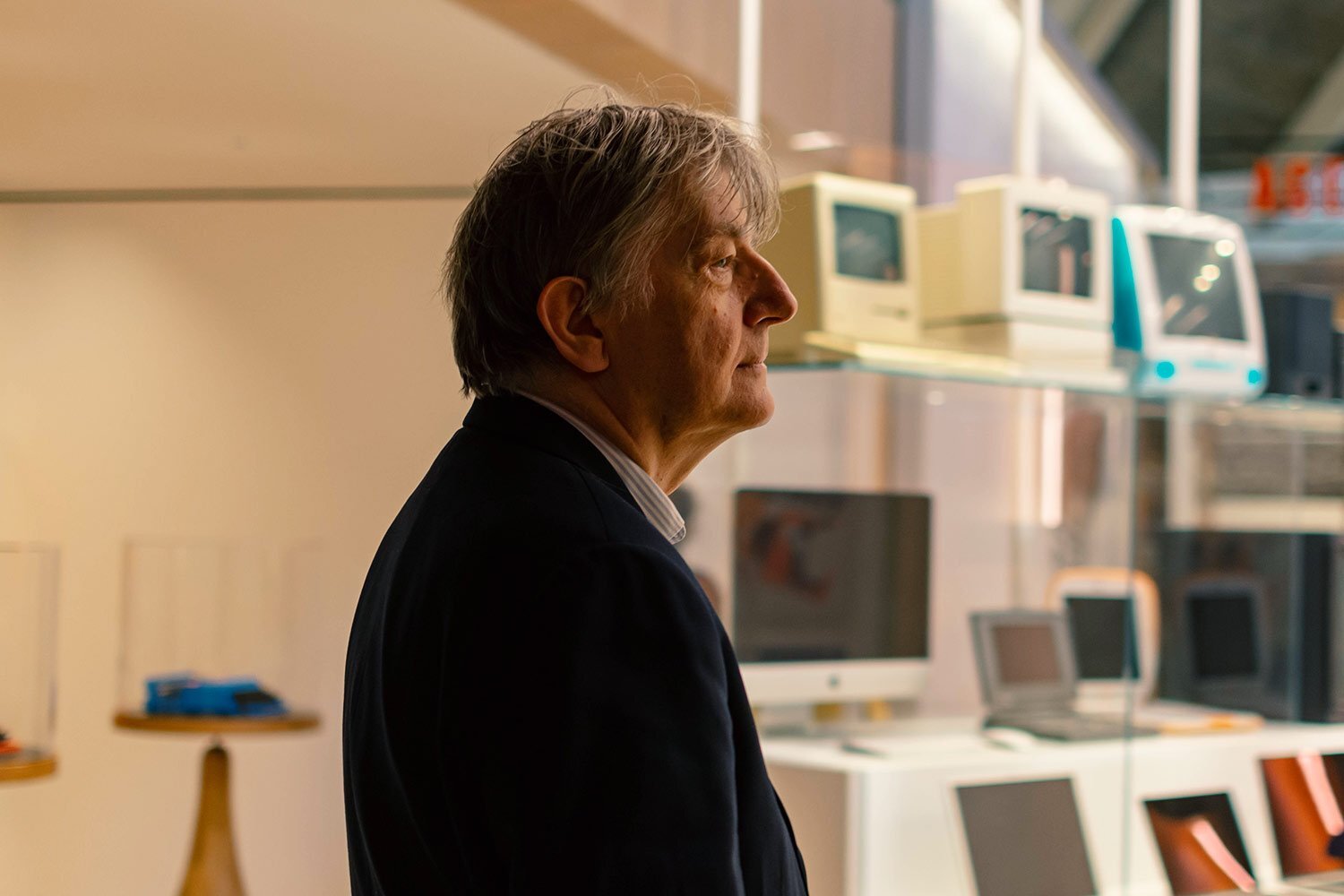Sound of Inspirations: Harnessing aural cues to power good design
Throughout his 13-year tenure as director of Design Museum in London, Deyan Sudjic has helped define design in the capital and beyond. Having implemented a radical new strategy, which saw the museum offer free entry for the first time in its history, Sudjic also oversaw the institution’s relocation to Kensington in 2016.
Alongside an extraordinarily long list of achievements as a writer and broadcaster, Sudjic (who recently relinquished his post at the Design Museum) has turned a lifetime’s passion into an illustrious career.
The power of good design cannot be underestimated. Done right, every facet of an object, building, service or system can combine to deliver more than the sum of its parts. And while our first encounter with design might be visual, its power to play across senses other than sight is what distinguishes good from best.
How does something feel or sound when it responds to touch? The noise of keys jangling between pocket and door – home. An old song – a personal memory. Echoing footsteps, reverberating just so – school, library, hospital.
Sadness, safety. Places, people. It’s these details, in concert, which combine for a comprehensive experience.
The most basic equation – and one of Sudjic’s favourites – is that of a button. Click! Light on, photo taken, and so on. So entwined with objecthood as to define its very function, a switch on a lamp or a shutter on a camera are full of design potential.
Similarly, the association with a favourite pastime or daily ritual feeds some of our strongest memories and connections. Sudjic himself starts every working day sitting at his desk and turning on its resident Anglepoise lamp – that “click” a cue and a comfort.
Architecture ushers in a new scale, and a volume of considerations, to match. In the Design Museum’s atrium, Sudjic explains, architect John Pawson configured the space to absorb and refract precise levels of sound. Oak panels, studded with almost imperceptibly small holes, are functional as well as beautiful. They calibrate the noise in the soaring room’s void.
The addition of sound can be as powerful in design as its subtraction. Think of soundtracks to film. In April of 2019, the Design Museum opened its most ambitious exhibition to date, with an installation of more than 500 objects – documents, props, set designs – to celebrate legendary director Stanley Kubrick.
Coinciding with the 20th anniversary of his death, and curated by Sudjic, the exhibit incorporated iconic objects from Kubrick’s films: A Clockwork Orange’s record deck turntable, red Valentine typewriter and furniture from the Milk Bar.
While those physical touchstones were essential, the visitor path was charted largely by sound – around each corner, another snippet. Sudjic was keen to give the films’ music its proper due, as inspired by Kubrick’s own unique method of directing whereby edits were made around a score rather than the other way around.
Next year, the Design Museum will be opening an exhibition dedicated to electronic music. From Daft Punk to Kraftwerk, the show will perhaps be the institution’s most explicitly sound-related exhibit to date; however, for Sudjic personally, sound as a form of entertainment in its own right has always held a special place – whether its radio, BBC in particular, that flits in and out of both his working and waking hours, or live classical music, which provides a welcome excuse to leave the office and listen.
As for many of us, some of the strongest aural cues for Sudjic relate to place – sirens in Venice, for instance, plunge Sudjic straight into a 1950s Neorealist film, while street horns will forever evoke New York’s hustle, bustle and barge.
Perhaps that’s where design starts – with an understanding of context, a willingness to join the fray (whether simplifying or elaborating on it, as the case may be) and to listen.
